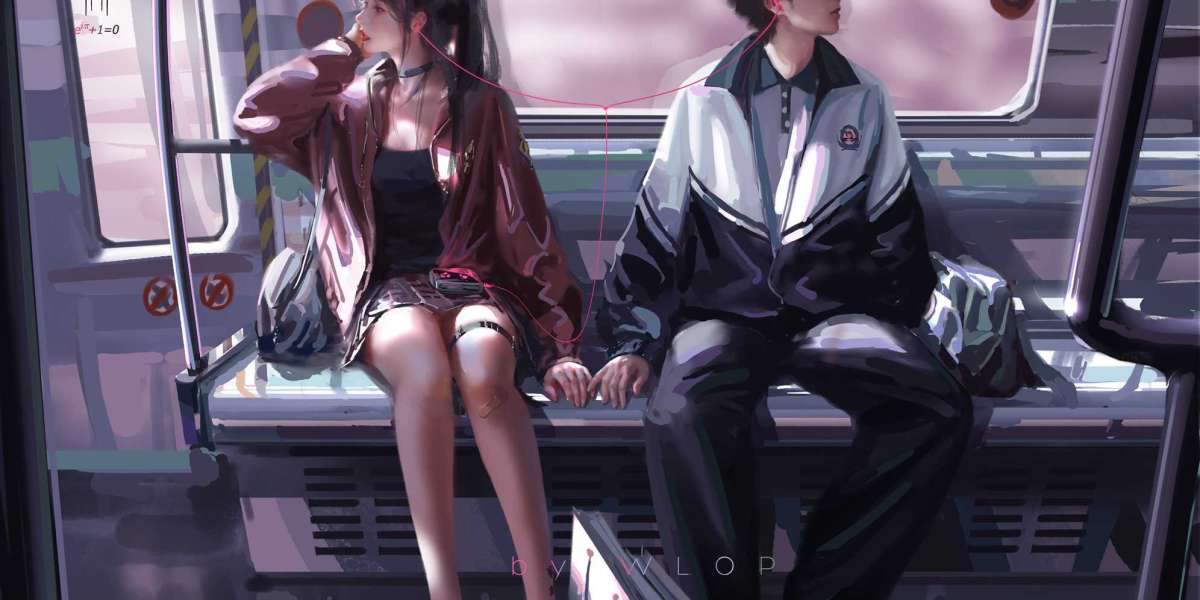In the dynamic world of retail, lighting plays a pivotal role in shaping customer experiences and driving sales. The advent of LED technology has brought about a seismic shift in how retailers illuminate their spaces. This article delves into the transformative impact of LED lighting on the retail sector, offering insights into its benefits and applications.
Energy Efficiency and Cost Savings
One of the most compelling advantages of LED lighting is its energy efficiency. Traditional incandescent bulbs consume significantly more power compared to LEDs. By switching to LED technology, retailers can reduce their energy consumption by up to 80%. This not only translates to lower electricity bills but also contributes to a greener environment.
For instance, a retail store that operates 12 hours a day can see substantial savings by replacing its conventional lighting with LEDs. The long lifespan of LEDs, often exceeding 50,000 hours, further reduces maintenance costs and the frequency of replacements.
Enhanced Visual Appeal
LED lighting offers unparalleled flexibility in terms of color temperature and brightness. Retailers can create visually appealing environments that highlight products and enhance the shopping experience. Warm lighting can evoke a cozy atmosphere in a clothing store, while cooler tones can make a tech store appear sleek and modern.
Moreover, LEDs provide consistent and flicker-free illumination, ensuring that products are displayed in their true colors. This is particularly crucial in fashion and jewelry stores where accurate color representation can influence purchasing decisions.
Customization and Smart Lighting Solutions
The integration of smart technology with LED lighting has opened new avenues for customization. Retailers can now adjust lighting levels and colors in real-time to match different times of the day or special promotions. Smart lighting systems can be programmed to dim during off-peak hours or brighten up during sales events, creating a dynamic shopping environment.
For example, a grocery store can use smart LEDs to highlight fresh produce with vibrant lighting, while dimming the lights in less trafficked aisles to save energy. This level of control and customization was unimaginable with traditional lighting solutions.
Sustainability and Environmental Impact
As global awareness of environmental issues grows, retailers are increasingly adopting sustainable practices. LED lighting is a key component of this shift. LEDs contain no hazardous materials like mercury, which is found in fluorescent bulbs, making them safer for disposal and recycling.
Additionally, the reduced energy consumption of LEDs means a lower carbon footprint. Retailers committed to sustainability can leverage LED technology to meet their environmental goals and appeal to eco-conscious consumers.
Conclusion
The revolution in retail lighting brought about by LED technology is undeniable. From energy efficiency and cost savings to enhanced visual appeal and smart customization, LEDs are reshaping the retail landscape. As retailers continue to embrace this innovative technology, the future of retail lighting looks brighter than ever.
By understanding and harnessing the benefits of LED lighting, retailers can create more engaging and sustainable shopping environments. The transformation is not just about illuminating spaces but about revolutionizing the entire retail experience.



